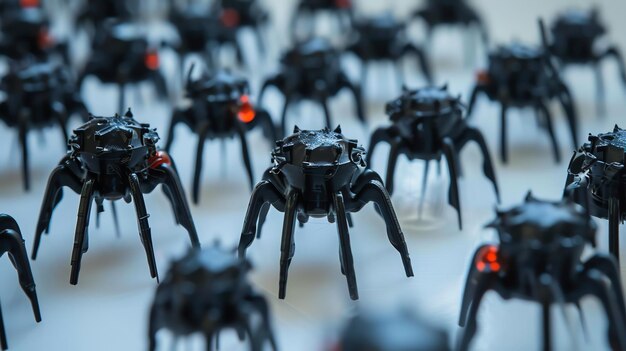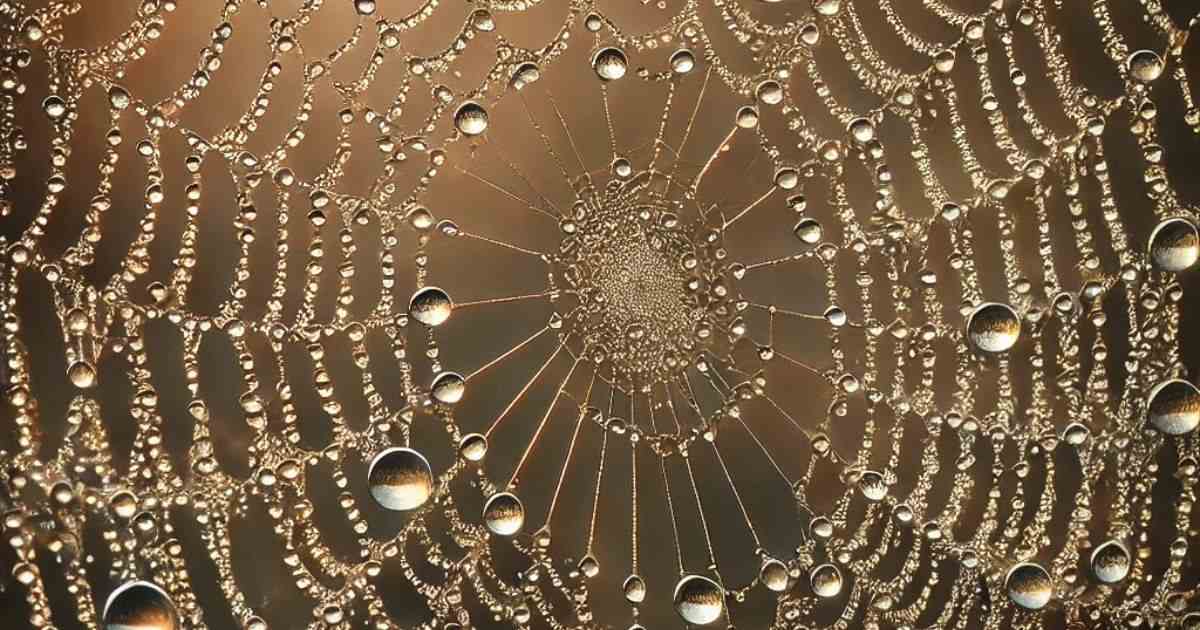Dr. Soumya Singh
Biomimicry in healthcare is more than just copying nature; it’s about learning from how living organisms solve problems and applying these principles to create innovative medical solutions. The results are smarter, more efficient, and sometimes awe-inspiring technologies.
What is Biomimicry in Healthcare?
Biomimicry in healthcare involves turning nature’s designs into tools, treatments, or devices that improve human health. It’s like learning from billions of years of evolution to solve modern medical challenges. From surgical adhesives inspired by gecko feet to drug delivery systems that mimic viruses, nature is now an unlikely mentor to medicine.
Nature-Inspired Healthcare Innovations
| Smarter Drug Delivery Viruses are masters of entering cells. Researchers have mimicked their structure to create nanoparticles that deliver medications like chemotherapy directly to cancer cells. Bee venom is another surprising inspiration, with its ability to deliver drugs to tumors while minimizing damage to healthy tissue. | Clever Diagnostics Butterfly wings, with their light-responsive colors, have inspired sensors that detect disease markers in blood or saliva. Spider silk, known for its strength and sensitivity, is being used to create ultra-thin threads for monitoring wounds or vital signs. |
| Swarm Robotics Inspired by the coordinated movement of bees and fish, tiny robots are now used in surgeries, working together to perform delicate tasks inside the body. | Heart Valve Designs Engineers have studied jellyfish’s rhythmic movement to create artificial heart valves that mimic natural blood flow, reducing clotting and wear. Lotus leaves, known for their water-repellent properties, have inspired coatings for stents that resist bacterial growth and clotting. |
| Artery Cleaning Techniques Ant colonies’ efficient movements have inspired robotic catheters that can precisely navigate arteries to remove blockages. | Blood Flow Monitoring The structure of whale fins, which improve circulation while swimming, has influenced blood flow monitors for patients with circulatory disorders. |
| Tooth Repair and Enamel Regeneration Mussels produce a strong adhesive to cling to rocks, and this principle is being applied in dental cements to repair cavities. Sea snail shells inspire materials to regenerate dental enamel, providing less invasive alternatives to traditional fillings. | Antibacterial Surfaces Sharkskin patterns, which naturally resist bacterial growth, are being used to create dental tools and implants that reduce infection risk. |
| Bone Grafts Inspired by Coral Coral’s porous structure, which closely resembles human bone, is being used to develop scaffolds for bone grafts, promoting natural bone regeneration. | Flexible Prosthetics Inspired by octopus arms, prosthetics are being developed with greater flexibility and adaptability for amputees. |
| Shock Absorbing Implants Woodpeckers’ shock-absorbing skulls are guiding the design of orthopedic implants that are more durable and resistant to stress. | Contact Lenses Inspired by Fish Eyes Fish with adaptive eyes that adjust to murky waters have inspired contact lenses that adapt to changing light conditions, enhancing vision clarity. |
| Glaucoma Sensors Inspired by Spider Webs The sensitivity of spider webs to vibrations has led to the development of ultra-thin sensors that monitor intraocular pressure in glaucoma patients. | Skin and Eye Surgery Innovations Chameleons’ independent eye movement has inspired robotic systems for precise eye surgeries, while sharkskin textures and lizard tail regeneration have influenced skin grafts and scar-free healing techniques. |
| Brain Implants and Memory Devices Electric eels’ electrical discharges have inspired brain implants for conditions like epilepsy and Parkinson’s disease. Meanwhile, bees’ memory storage capabilities are influencing neuroprosthetics to aid memory loss. | Surgical Adhesives Inspired by geckos and mussels, these adhesives form strong bonds without damaging tissues, ideal for internal surgeries and sealing surgical wounds. |
| Minimally Invasive Tools Inspired by Snakes Snake-like flexibility is inspiring the design of surgical tools that can navigate tight spaces during minimally invasive procedures. |
What’s Next for Biomimicry in Healthcare?

The future of biomimicry in healthcare is promising. Imagine self-healing materials for implants, or treatments that help humans regenerate tissues like salamanders. Regenerative medicine is already on the horizon, inspired by creatures with natural repair abilities.
Biomimicry is also paving the way for smarter diagnostic tools. Wearable devices, inspired by plants sensing their environment, could offer real-time health updates with minimal effort.
Why It Matters
Biomimicry isn’t just about creating fancy gadgets—it’s about building efficient, sustainable solutions that are often simpler than traditional methods. By learning from nature, we can improve healthcare while respecting the natural world, which continues to inspire innovation.
Author Biography
Dr. Soumya Singh, Head of Partnerships at InnovatioCuris, is a healthcare expert with a postgraduate degree in Health and Hospital Management and a background in dentistry. Her articles provide valuable insights into healthcare administration and innovation.

